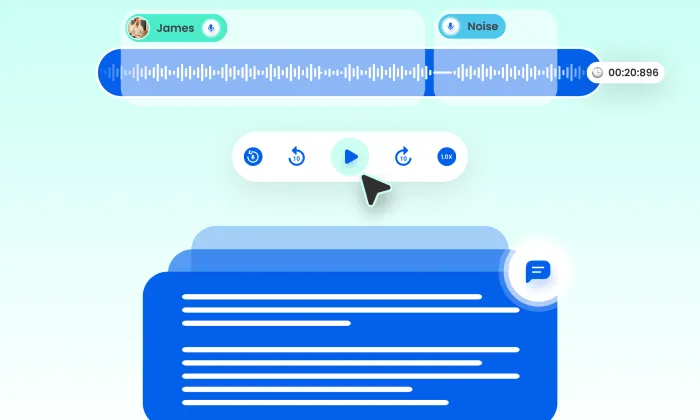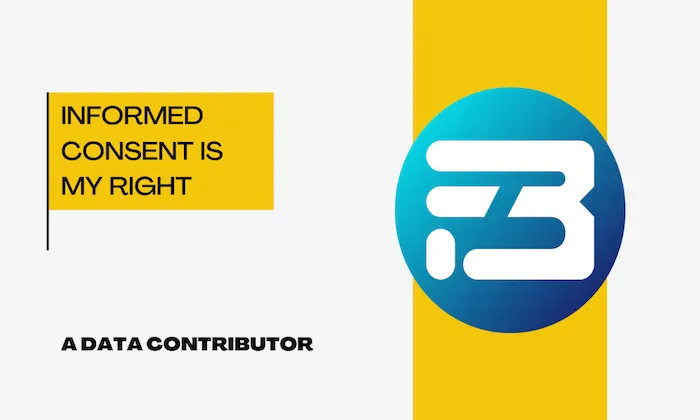What is timbre consistency, and how is it maintained in voice cloning data?
Voice Cloning
Audio Data
Speech AI
Timbre consistency is a critical element in voice cloning technology, reflecting the unique quality of a voice that distinguishes it from others. This consistency ensures that a synthetic voice maintains the same tonal attributes across various contexts, which is vital for creating realistic and engaging user experiences in applications like virtual assistants, audiobooks, and interactive systems.
Why Timbre Consistency Matters
- User Satisfaction and Trust: In the realm of voice cloning, timbre consistency is crucial for user satisfaction and trust. Imagine using a virtual assistant whose voice fluctuates in tone and quality; it would likely lead to confusion and a lack of engagement.
- Enhancing User Interaction: Consistent timbre ensures that the synthetic voice sounds natural and authentic, enhancing user interaction and fostering a seamless experience.
Key Strategies for Preserving Timbre Consistency in Voice Cloning
FutureBeeAI excels in maintaining timbre consistency through several well-defined strategies, ensuring high-quality voice cloning data:
1. Controlled Recording Environments
- Professional Studios and Industry-Grade Equipment: All recordings are conducted in professional studios using industry-grade equipment to capture pristine audio. This approach minimizes background noise and distortion, crucial for preserving the timbre's unique qualities.
- Consistency in Settings: Consistent microphone placement and audio settings, like sample rate and bit depth, are meticulously maintained.
2. Structured Data Collection
- Capturing a Range of Tones: FutureBeeAI gathers a wide range of voice samples that reflect the same speaker characteristics. This includes capturing emotional and neutral tones to build a comprehensive dataset while keeping a cohesive timbre profile.
- Maintaining Cohesion: The focus is on maintaining speaker diversity without compromising the uniformity of the voice's tonal quality.
3. Comprehensive Annotation and Quality Control
- Detailed Metadata: Each recording is annotated with detailed metadata, including emotional cues and speaker attributes.
- Expert Reviews and Tools: FutureBeeAI's QA processes involve manual waveform inspections and expert reviews. Tools like Audacity and Yugo are employed to ensure that only recordings meeting stringent timbre standards are used, reinforcing the quality of voice cloning data.
Navigating Challenges in Maintaining Timbre Consistency
- Balancing Diversity and Uniformity: Achieving timbre consistency involves balancing diversity and uniformity. While diverse expressions enrich the dataset, excessive variation can undermine consistency. Therefore, curating datasets with precision is essential to ensure the synthetic voice remains relatable and recognizable.
- Post-Processing Techniques: Post-processing techniques, although useful for enhancing clarity, can alter the inherent timbre. FutureBeeAI carefully assesses these changes to ensure they align with the desired timbre profile, preserving the voice's authenticity.
Real-World Impacts & Use Cases
- Customer Service Applications: Consider a customer service application where a consistent voice can enhance user trust and satisfaction. Inconsistent timbre could disrupt this interaction, leading to confusion or dissatisfaction.
- Audiobooks: Similarly, in audiobooks, a uniform voice timbre engages listeners, providing a seamless narrative experience.
Frequent Pitfalls in Achieving Timbre Consistency
- Overemphasis on Diversity: Teams often face pitfalls such as overemphasizing speaker diversity without a cohesive strategy, leading to diluted timbre.
- Neglecting Emotional Context: Neglecting emotional context during recordings can also result in inconsistencies. FutureBeeAI avoids these missteps by focusing on controlled environments and structured data protocols.
Conclusion
Timbre consistency is foundational to the success of voice cloning technology, directly influencing user experience. FutureBeeAI employs controlled recording environments, structured data collection, and rigorous quality control to maintain this consistency. By recognizing common pitfalls and making informed decisions, AI-first companies can develop high-quality, reliable voice cloning technologies that resonate with users.
Smart FAQs
Q. How does emotional tone affect timbre consistency in voice synthesis?
A. Emotional tone significantly impacts voice timbre. If not managed well, variations in emotional delivery can lead to inconsistencies, affecting user trust and the natural interaction with voice-based applications.
Q. What tools are used for quality control in voice cloning?
A. FutureBeeAI employs tools like Audacity for waveform inspection and Yugo for transcription review and metadata validation, ensuring the highest quality standards in voice cloning data.
What Else Do People Ask?
Related AI Articles
Browse Matching Datasets
Acquiring high-quality AI datasets has never been easier!!!
Get in touch with our AI data expert now!








